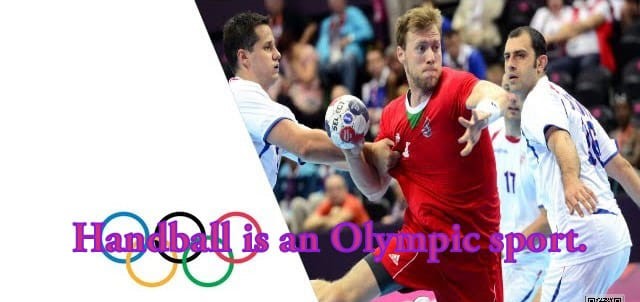Handball
Dive into Handball: Learn the 10 Key Rules That Make This Sport Exciting and Fun!
A engross & quick-paced team activity, handball fuses with elements from basketball, soccer, as well as some wrestling. To enjoy handball, whether you are a player, coach, for just a fan, you must be aware of its fundamentals. The team will talk over the ten basic handball rules in this blog post, which will be presented simply enough for everyone to understand.
The Objective of the Game
In handball, the primary objective is simple: outscore the other team in goals. When the ball fully crosses the goal mark between the posts and just below the crossbar, a goal is scored. The team with most goals at the end of each match wins. Each match consist of two halves, often lasting 30 minutes each.
The Team Structure
Six field players with a goalie make up each handball team’s seven players. Only the goalie is permitted to block shots outside the goal area using their body. It is the field players’ job to move the ball, pass it in order to score goals. Additionally, teams are able to rotate in substitutes during play stops.
The Court and Goal Area

The rectangular court used for handball is 40 meters long as well as 20 meters broad. Only the goalie is permitted to stand in the semicircular goal area, sometimes known as the “six-meter line,” in front of each goal. Except for the goalie, players are not allowed to enter this zone when trying to score. The goal is nullified if a field player crosses the area during a play.
Dribbling and Passing the Ball

Dribbling or passing the ball to teammates are the two methods that players possess the ball. Similar to basketball, dribbling allows players to take as many as three strides with the ball, but they have to dribble it at least once before continuing. The other team is given a free throw if a player takes over three steps without dribbling.
The Three-Second Rule
A player has three seconds at most to pass, shoot, or dribble the ball after receiving it. A turnover occurs when the ball is held for more than three seconds, allowing the other team to gain control. This regulation keeps the game lively by promoting rapid play & teamwork.
Fouls and Free Throws
When a player violates the rules, like pushing or punching an opponent, they are given a foul. The other side is given a free throw from the foul spot if a foul is committed. Without a running start, the player attempting the free throw must toss the ball from the ground. During this toss, the opposing team must remain at least three meters away.
Penalty Throws
A penalty throw is awarded by the referee if a player is fouled in a way that precludes a clear scoring opportunity, such as tripping while attempting to shoot. Only the goalie is permitted to defend against this throw, which is taken from a specific location seven meters from the goal. For the attacking team, this is a huge chance to score. “no follow”
The Goalkeeper’s Role

In handball, the goalie has a special role. They are the only player permitted to block shots within the goal area with their feet & body. Goalies must be cautious, though, as leaving the goal area while trying to play the ball can result in a foul. After making a save, goalkeepers can also take part in the match by throwing the ball to initiate an attack.
Substitutions
In handball, substitutions are quite adaptable. Although they must do so from a specified area, teams are free to substitute players at any point throughout the game. To prevent any disruptions, players must move swiftly as they arrive or exit the court. This enables teams to modify their tactics during the game to keep their players fresh.
The Role of the Referee
There is a referee at every handball match who upholds the regulations & guarantees fair play. The match may be stopped by the officer in charge for a number of reasons, including fouls or injuries. When players engage in major misconduct, they have the power to dismiss them or issue warnings or penalty throws. Maintaining the spirit of the match requires that players respect the referee’s choices.
Conclusion
The exciting sport of handball has a strong emphasis on skill, strategy, & teamwork. Whether you’re playing, coaching, or watching from the sidelines, you may enjoy the game more if you know these ten fundamental rules. So get your buddies together, get a ball, and try your handball skills—you might find a new passion!
Dive into Handball: Learn the 10 Key Rules That Make This Sport Exciting and Fun!
